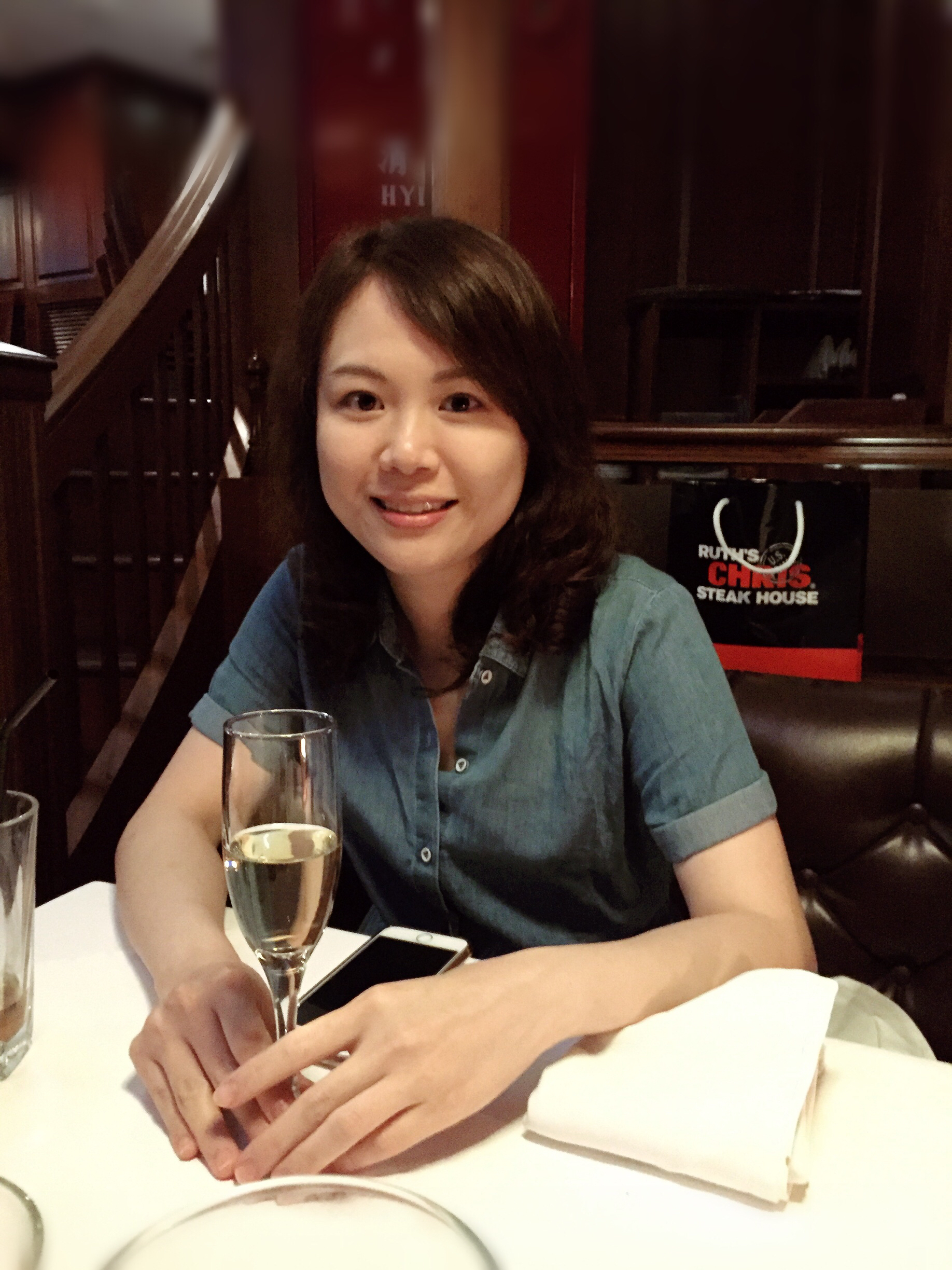| 經歷: |

高愷怡
高愷怡,1984生於臺灣臺中;曾就讀臺中曉明女中音樂班,主修鋼琴(師事郭宗愷、艾嘉蕙教授)及理論作曲(師事熊澤民、施孟玟教授)。隨後赴奧地利,先後取得維也納舒伯特音樂學院作曲家、鋼琴演奏家雙文憑;國立維也納音樂暨表演藝術大學作曲藝術碩士(師事Schermann、Jarrell教授)。其作品曾受邀為「2007列支敦斯登瓦都茲國際大師班」之指定曲,入選「2009希臘傑出作品國際音樂獎」;2011年與同系師生合併出版教學集。曾獲「2014德國奧登堡國際作曲比賽」及「2016馬爾他HOT作曲比賽」第二名。作品橫跨不同領域,涵蓋多種樂器編制;並由國內外知名樂團、音樂家於各國演出;多次參與國際交流音樂研討會及受邀委託創作等。目前旅居維也納,2011年起任教於維也納舒伯特音樂學院。
Kaiyi Kao
Kaiyi Kao was born in Taiwan in 1984. She studied Composition with D.Schermann and M.Jarrell at the University of Music and Performing Arts Vienna. She also studied Piano performance with S.Shin and Composition with E.Wally at the Vienna’s Franz Schubert Conservatory, graduating in 2009/10 with distinction (Artist Diploma for piano and composition), as well as master degree for composition in 2014 at the University of Music and Performing Arts Vienna. Her compositions include solo pieces for various instruments, chamber music pieces, vocal music pieces and works for large orchestra. Her piece was performed as a assigned piece of Vaduz international masterclass 2007 in Liechtenstein. In 2009 she was a finalist of the International Music Prize for Excellence in Composition in Greece and also received the Special Award. In 2014 she won the 2nd prize in the 14th Carl von Ossietzky Composition Competition Oldenburg, and also won the 2nd prize in 2016 of the Hearing Orpheus Today composition competition in Malta. In the same year, she was selected as the composer of the program TMI (Master Disciples and Companion) of the National Center for Traditional Arts, and the project Gender-Projekt 2016 commissioned by the University of Music and Performing Arts Vienna. Her compositions have been performed in Austria, German, Liechtenstein, Greece, Malta, England, Canada, Japan and Taiwan. She works as composer and musician in Vienna and has been also teaching piano, composition, music texture and ear training at the Vienna’s Franz Schubert Conservatory since 2011.
《潮》
潮 (為管絃樂團而作) 潮汐,是海洋表面受到太陽和月球的引潮力作用,產生的周期性漲落現象。音樂如大海般,起伏、漲退。享受海洋憩潮寧靜時,也期待潮汐變化的潮差及高潮迭起的片刻!此曲開頭以A音為基礎,導出簡潔飄渺的音響,如漲潮前平靜的海面;其發展主軸藉音程變換發展、音域間的音響層以及交錯的音列線條,交織成不同音響的音堆;透過段落間相扣的連接,音堆間的擴張,猶如潮汐般多種週期的活動,經多次漲潮起伏推進,進入樂曲的高潮。隨後以逆行的音堆結構,逐漸縮減的音域,將曲子導向終點,彷彿海平面降低,漸漸從海灘退出般!不同於開頭,全曲結尾停在B音,好似退潮後的海濱線,雖回歸漲潮前的寧靜,卻也因潮汐的推波造成不同的終點。
Tide
Tide, the ocean surface by the sun and the lunar tidal force effect, the resulting in periodic fluctuations in the phenomenon. Music, such as the ocean, ups and downs, go back and forth. Enjoy the tranquil tranquility of the ocean, also expected the tide of tidal changes and climax moment! The beginning of this piece is based on note A. Simple sound is derived, such as a calm sea before the high tide. Its development axis by interval changes, the octave- range of sound layer and interlaced scale woven into different ton- cluster. Through the interchange connection between paragraphs and the sound expansion between clusters, like a variety of tidal cycle activities, with several rise and fall of the tides, promote the climax of this piece. Then gradually reducing the range with the reverse structure, guide this piece to the end. As if the sea level decreased gradually withdraw from the beach. Different from the beginning, the end of this piece stopped at note B. Like the low tide behind the sea line, return to the calm before the flood, but also through the tidal wave caused a different end.
|